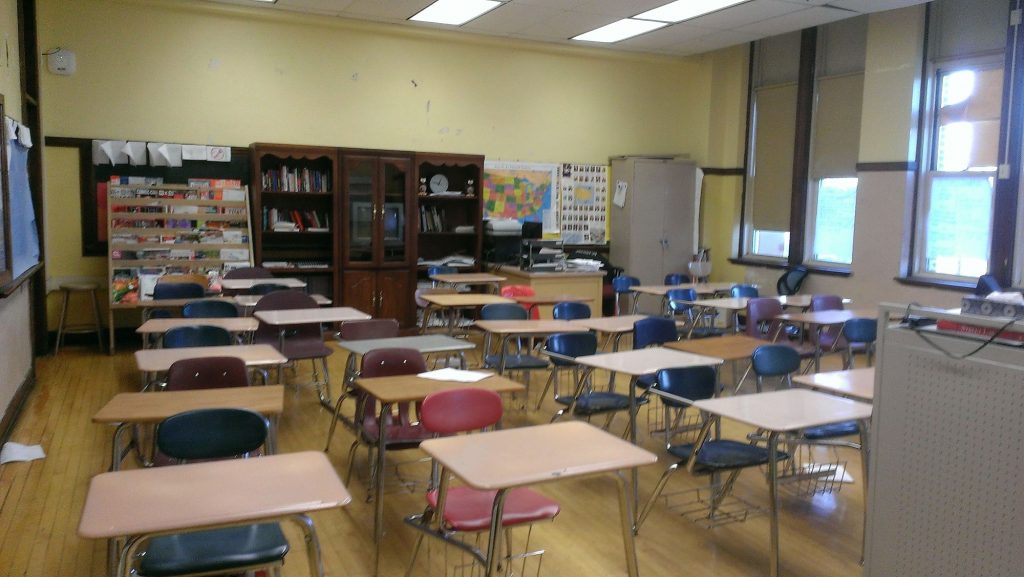It’s bureaucratic jargon with a name seemingly calculated to cure insomnia. But a new analysis reveals that the real-life effect of those two words is shortchanging public-school students in poor neighborhoods nationwide by nearly $9 billion per year—the difference between the substandard education they’re getting now and the quality one enjoyed by their affluent peers.
A report released Wednesday by the independent nonpartisan educational institute Center for American Progress shows that the Elementary and Secondary Education Act includes a loophole that keeps financial resources from the kids who can least afford it: the more than 4.5 million low-income students at 12,000 schools nationwide. The so-called “comparative loophole” linked to Title I federal funding, according to the report, is responsible for a $1,200-per-student funding gap between wealthy districts and struggling ones.
If that loophole were closed, the report states, poor districts would have access to $8.5 billion more per year in government funds.
At issue is a Title I requirement that rich and poor districts provide “comparable” educational services in order to receive federal money. But the law as written allows districts to qualify as comparable using either average teacher salaries or student-to-teacher ratios.

This allows schools with bigger budgets—largely because they’re paying more to experienced educators—to qualify for Title I dollars even though they have more resources than their poorer neighboring districts.
“Since teacher salaries constitute the largest proportion of school budgets and teachers with greater experience earn higher salaries and tend to teach in lower-poverty schools,” the report states, “the law can mask significant funding inequities.”
To illustrate the problem, the study creates a hypothetical: two elementary schools in Anytown, USA, both with identical profiles: 200 students and 10 teachers. But East Dillon Elementary is in a down-at-the-heels neighborhood, while West Dillon Elementary is in a leafy, upscale area of Anytown. Because teachers in struggling schools tend to earn less money, teachers at East earn an average of $45,000, compared with an average $65,000 at West.
Based on salaries, according to the study, “total expenditures between the two schools differ by $400,000, and per-pupil expenditures are $2,000 less per student. Under federal law, however, these schools are still comparable because they have the same student-to-teacher-ratio. Such a scenario is playing out at thousands of schools nationwide, CAP’s analysis reveals.”
According to Catherine E. Brown, CAP’s vice president for education policy and one of the authors of the study, the Title I funding disparity loophole “is not an oversight—it’s written into federal law” and seems designed to ensure funding disparities between rich and poor.
“Many people have advocated for this loophole to be closed over time, but others argue that closing it would be disruptive because it would force districts to shift more experienced teachers from schools serving more affluent students to schools serving students from low-income households,” Brown wrote in an email. “We are advocating for a gradual approach to closing the loophole that would invest additional resources in the most underfunded schools first. We do not think district should have to move teachers. But why not provide higher salaries for strong teachers who teach in high-need schools?”


